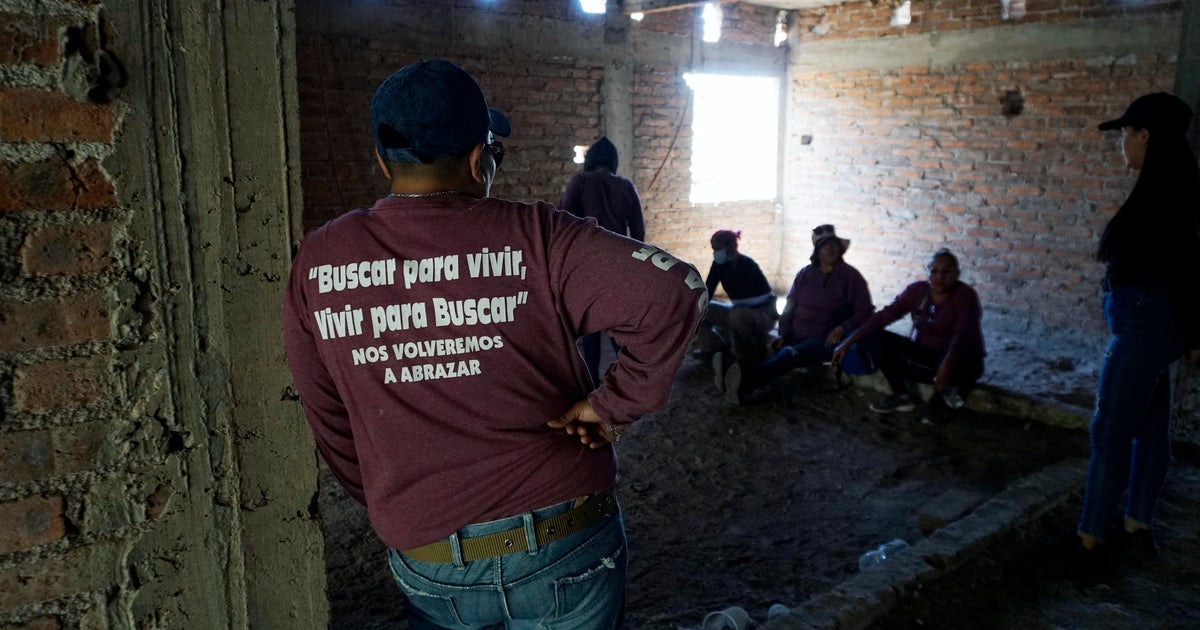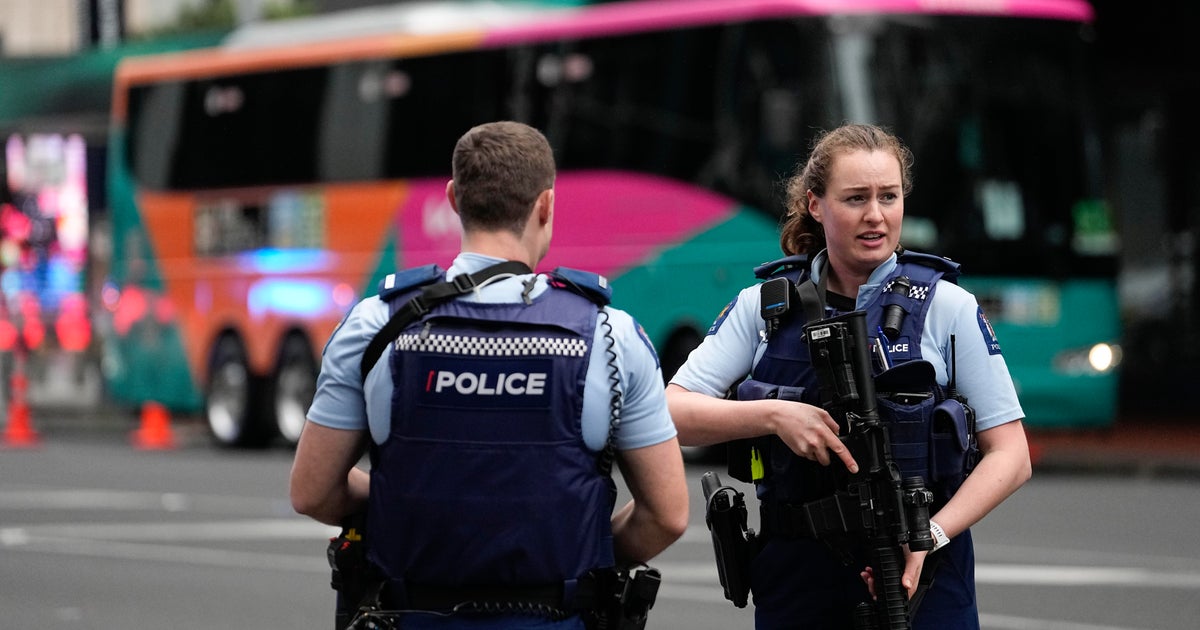Israeli Airstrike on School Claims Dozens of Lives Amid Ongoing Conflict and Aid Challenges in Gaza
An Israeli airstrike targeted a school building in Gaza on Monday, resulting in the tragic deaths of dozens of individuals who were sheltering inside. This incident highlights the dire humanitarian situation in the region, where questions surrounding the distribution of aid to Palestinians loom large.
As the complexities of the aid system are being addressed, Israeli military operations have persisted across the densely populated Gaza Strip. Local health authorities reported that the airstrikes resulted in the deaths of at least 45 people on Monday alone.
In the heart of Gaza City, medics reported that 30 Palestinians—among them women and children—were killed in the school airstrike. Many of these individuals had been displaced by the prolonged 20-month conflict and had sought refuge within the school’s walls. Disturbing images circulated on social media depicted the harrowing aftermath, showing severely burned bodies being extracted from the debris.
Alaa Kabej, a local resident, shared the heartbreaking news that his 8-year-old nephew was one of the victims of this devastating attack, which occurred while many were asleep, underscoring the unpredictability and horror of the situation.
Farah Nussair, another survivor, conveyed the profound trauma felt by those in the region, stating that the school was sheltering “civilians, children, elderly, women, and men—just the tired ones who needed food and water.” With palpable despair, she expressed, “Our hearts have died,” as she recounted the scenes of charred bodies and dismembered remains. Nussair lamented, “We fled to the south, they bombed us in the south. We returned to the north, they bombed us in the north.” She poignantly highlighted the pervasive insecurity, stating, “There is no security or safety, neither at schools, nor hospitals— not anywhere.”
In response to the attack, the Israeli military confirmed that the school was indeed targeted as it was allegedly being utilized as a command center by Hamas and Islamic Jihad militants for planning and orchestrating attacks. The military asserted that it took numerous precautions to mitigate civilian casualties, although they did not provide evidence supporting claims that the school was being used for militant purposes. Eyal Zamir, the Chief of Staff of the Israel Defense Forces, stated on Monday that Hamas has suffered significant losses, including in its command and control infrastructure.
In a separate incident in the Jabalia area, adjacent to Gaza City, an airstrike on a residential house killed at least 15 more individuals, raising the death toll for that day to a tragic total of 45.
The Israeli government has articulated a need for a new system to ensure that aid does not fall into the hands of Hamas, which it accuses of misappropriating resources and exerting control over the population. Hamas, however, has dismissed these allegations, asserting that it takes steps to protect aid convoys from armed looters.
Compounding the humanitarian crisis is the unexpected resignation of Jake Wood, the executive director of the Gaza Humanitarian Foundation. His departure came just a day before the organization was set to commence operations in Gaza. Wood cited the foundation's inability to adhere to essential humanitarian principles, including humanity, neutrality, impartiality, and independence, as the reason for his resignation. This development underscores the existing confusion regarding the foundation's efficacy, especially considering that it has already been boycotted by the United Nations and other aid organizations supplying assistance to Gaza.
The Israeli government has indicated that it will not directly participate in the distribution of aid but has endorsed the foundation’s plans, promising to provide security for these operations. The Gaza Humanitarian Foundation, which is registered in Switzerland, proposed to utilize private contractors under a broad Israeli security framework, aiming to assist one million Palestinians by the end of the week.
Despite these intentions, the foundation has faced severe criticism from the United Nations, with officials asserting that the private entity's aid distribution strategy is inadequate for addressing the needs of over two million residents in Gaza. The operation will reportedly depend on four major distribution centers in southern Gaza that will screen families for associations with Hamas militants, potentially employing facial recognition technology, raising further concerns about privacy and security.
Many questions remain unanswered regarding the operational details of this new aid distribution approach, particularly whether aid groups that have refused to cooperate with the foundation will be permitted to deliver supplies independently.
Hamas has condemned the newly proposed system, claiming it will “replace order with chaos, enforce a policy of engineered starvation of Palestinian civilians, and use food as a weapon during wartime.”
The ongoing conflict has effectively confined the population of Gaza into an ever-narrowing zone, especially around the coastal areas and the southern city of Khan Younis. This military campaign, which began after Hamas-led militants launched an assault on Israeli territories on October 7, 2023, has profoundly impacted Gaza, resulting in the deaths of over 53,000 individuals, predominantly civilians, according to health authorities in the region. The humanitarian crisis continues to escalate as the offensive shows little sign of abating.
























